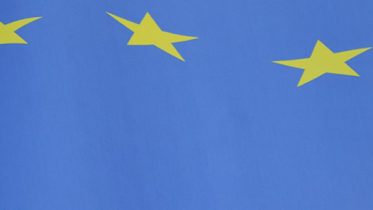On 7 September, the European Commission published a document setting forth the position it will hold, in relation to industrial property (IP), during Brexit negotiations with the United Kingdom
Without a doubt, the main concern is the future protection of the rights that have a community-based protection, such as EU trademarks, community designs and geographical indications.
In light of the current uncertainty, for both companies and individuals in the United Kingdom and Member States of the EU, the aim of this document is to ensure that there is legal clarity for IP rights holders and guarantee that current rights in the EU, including applications that have already been filed, will continue to be protected in the same way when the United Kingdom leaves the European Union (EU).
With this is mind, the following fundamental principles that the Commission will be set forth to the United Kingdom:
- The owner of a community IP right, which was granted before the date on which Brexit takes place, must be automatically recognised as the holder of an equivalent right, without entailing additional financial cost and keeping administrative burdens to a minimum. In accordance with this principle, the holder of an EU trademark or community design should have a trademark or design from the United Kingdom that provides the same protection after Brexit.
- In the case of community rights for which there is currently no equivalent right in the United Kingdom, new legislation must be created that protects and recognises these rights.This is intended for the protection of geographical indications of the EU since the United Kingdom does not have a similar precept that recognises them.
- With regards to IP rights applications that are pending grant when Brexit takes place, the applicants must be able to apply for the same protection in the United Kingdom from the same date as the pending application in order to prevent their rights from being undermined. Here it is envisaged that, for example, the holder of an EU trademark that is pending grant (published, in opposition phase, etc.) can apply for a trademark in the United Kingdom using the same filing date.
- The document also refers to supplementary protection certificates (SPC) and the protection of databases, noting that the protection of these precepts will be safeguarded in both the EU and the United Kingdom.
- Lastly, the document also discusses the exhaustion of rights. In this regard, it notes that IP rights that are exhausted in the EU territory before Brexit takes place shall also be exhausted in the United Kingdom and the remaining 27 Member States of the EU.
Since the Commission has not, strangely enough, mentioned Unitary Patents, we must keep an eye on how this issue develops and see whether the United Kingdom will be able to continue participating in this system.
Ultimately, we think this document is a good starting point in which the Commission defends simple and desirable commercial aims and which should be well received by IP rights holders in the European Union.
However, the success of negotiations can only be measured as they take place and, eventually, once the Brexit agreement and date have been finalised.







